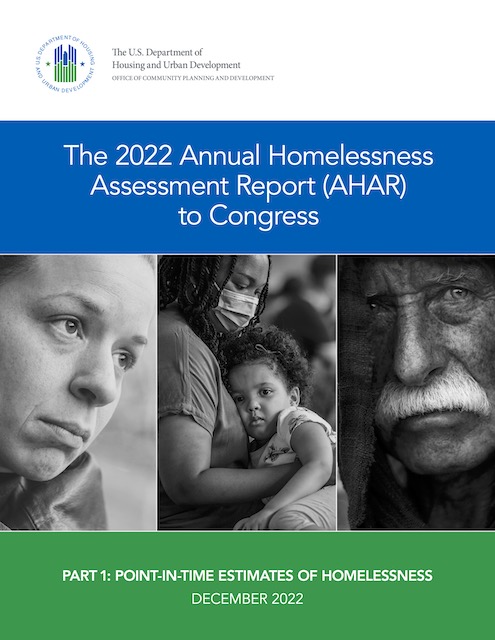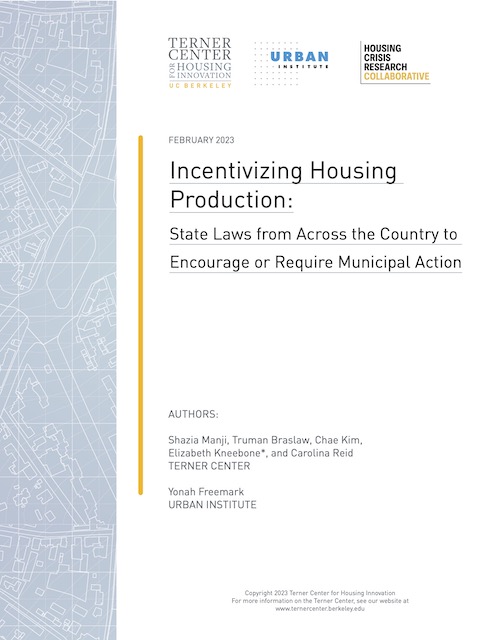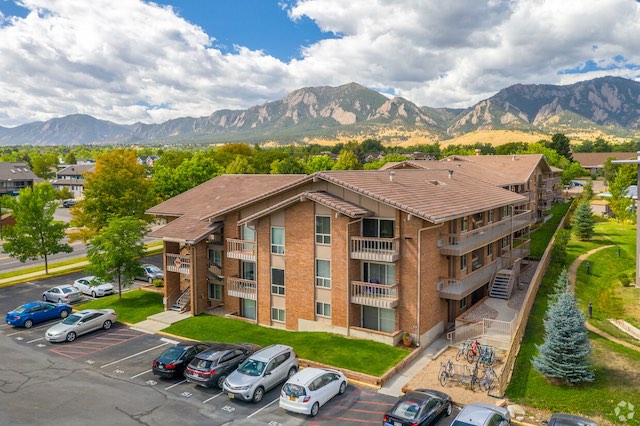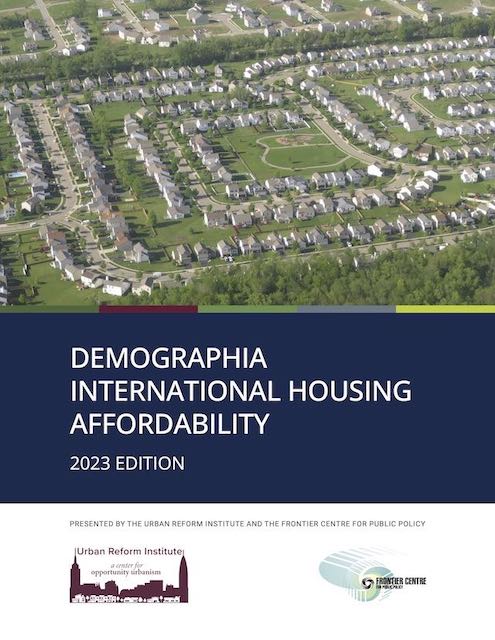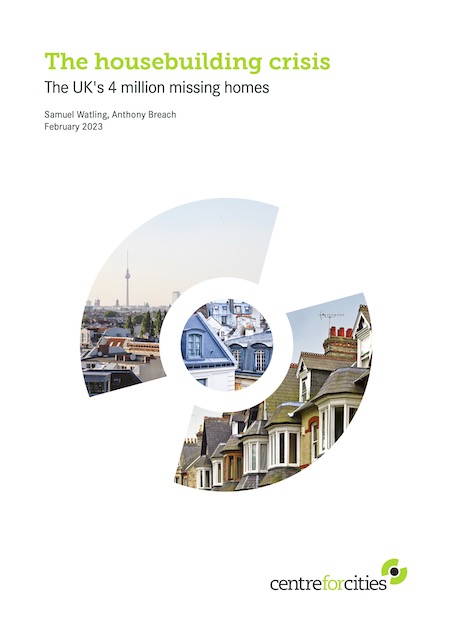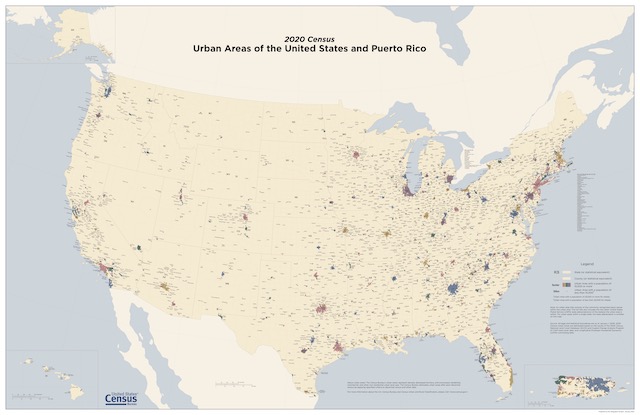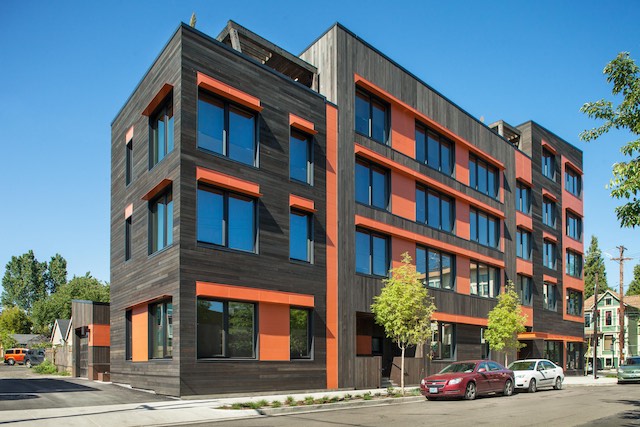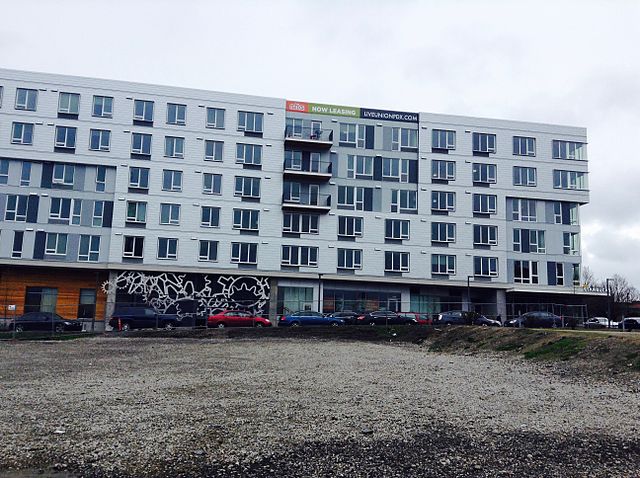A month ago, I commented on Colorado Senate Bill 213, which would allow the state to give major cities housing targets that they would have to meet and require cities to rezone single-family neighborhoods to allow for more density. Some of the worst features of the bill have been deleted, but the bill is still bad.
A 736-square-foot apartment in this Denver mid-rise development costs more to rent than the mortgage on many 2,000-square-foot single-family homes in cities that don’t have urban-growth boundaries, yet the state wants to force cities to allow (and subsidize) more of these as “affordable housing.”
The reason why the rezoning requirement was dropped from the bill was that the cities themselves opposed it — not because they opposed density but because they said they were already imposing density on their residents and didn’t need to be told to do so by the state. Many cities in the Denver metro area are landlocked, so the only way for them to meet state housing targets would be to densify anyway. Continue reading


